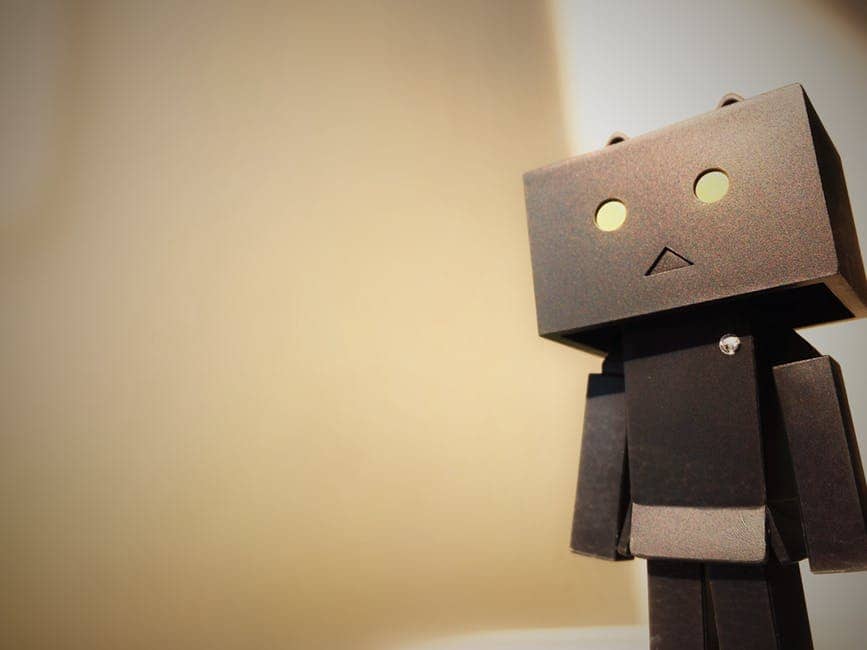Learning to Draw Mickey Before You Can Meet The Mouse
How Animation Can Enhance Your Cinematography
Let’s say you want a scene shot in the park. In a live-action film, plenty of public parks are right there waiting for you, complete with trees, benches, and squirrels. However, if a scene needs to take place in the park in an animated film, the animation required to create a park is a much more straining process than simply setting up a tripod and camera and pressing “record.”
In a single frame of an animated film, nothing that appears onscreen is accidental or coincidental. In a live-action film, a squirrel may run across in the background in the middle of a take. However, in an animated film, this squirrel was carefully created and placed, which probably means many hours of drawing for two seconds of footage that will most likely go unnoticed. So how does the cinematography of an animated film differ from that of a live-action film, and what can animation teach you about live-action cinematography?
Animation is a very precise process, requiring detail and a lot more patience. Although, the animation process is strenuous, experiencing this process and acquiring these skills can be beneficial to cinematographers who may not even want anything to do with animation in the rest of their filmmaking careers.
Storyboarding an Animated Film
Storyboarding, used in the process of creating both live-action and animated films, is a sequence of drawings that serve as a visual representation for the shots planned for a film production, usually including dialogue and direction as well.
One major difference between storyboarding for live action and animated films is that storyboards for an animated film must include separate designs for both the action onscreen and the backdrop behind it all. In live action films, the director of photography doesn’t typically have a need to detail the background environment behind a scene, because the background of a scene in a live action film is completely driven by what a specific location has to offer. In fact, the location of the scene is rarely even part of the director of photography’s job at all!
However, even if the location or the background environment of the scene does not fall under the director of photography’s direct job description, training oneself to visualize the background of a scene, even as an exercise, can be beneficial whether this sketch becomes a reality or not. By pre-visualizing the environment in which a specific scene is taking place, a director of photography is able to further deepen his understanding of scene, and hopefully use this pre-visualization to his/her advantage.
Lighting in Animation
In an animated film, there’s no such thing as “natural light.” All light is artificial and must be carefully thought out depending on factors such as movement and composition.
Cinematographer Roger Deakins explains how “in the real world, the natural world that we live in just isn’t as well lit as your typical animated world,” further explaining how there are “shadows here…areas in half light over there.” Therefore, when Deakins was called in to assist the Pixar team in the creation of their animated feature, the 2008 film WALL•E, Deakins discusses how the key to selling this Pixar film as a film set in the “real world” was to cut back on the number of lights they used to light these scenes.
By engaging in this discussion, Deakins, along with the animators on the WALL•E team, were able to gain insight into the artificial creation of what is “natural” to us in the real world.


